Thrive with the MACH-ProLight
The MACH-ProLight delivers everything one would expect of a Reliable Controls device. Here's why.




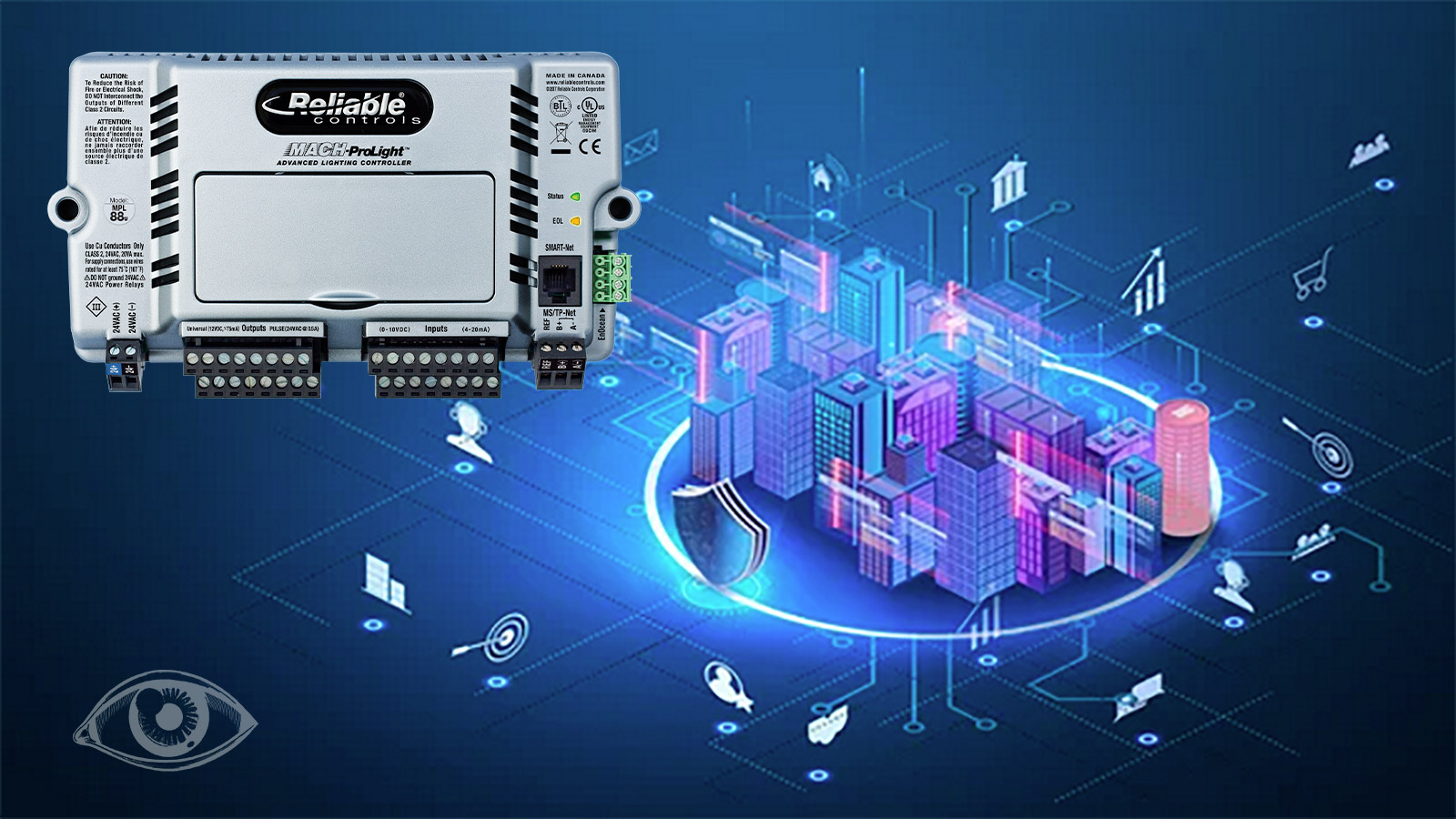
For much of our natural environment, light equates to life. Flora and fauna rely upon light to survive and to thrive. For humans, light has a measurable impact not only on physical, but also on psychological and emotional health and well-being.
In our era, most humans eschew the natural environment for the built environment for a significant part of their lives. For Americans, this significant part represents 90 percent of each day on average (Klepis, et al., 2001). The built environment encompasses the man-made world, the constructed physical environment, where modern humans live, work, and play; places like homes, schools, commercial, and institutional facilities together with various modes of transportation (CDC, 2017).
The built environment has a significant influence on overall community health and individual behaviors (CDC, 2017). There are many contributing factors to the health and welfare of built environment occupants including thermal comfort, indoor air quality, security and safety, as well as the synergy between natural and artificial light. Each of these components can be controlled by automation systems to optimize the human experience during their occupancy in these man-made environments. Simple, flexible, and sustainable optimization of the human experience and facility performance is one of the key benefits of Reliable Controls and the Reliable Controls Authorized Dealer network. This is our proverbial wheelhouse.
For more than thirty-years Reliable Controls has empowered a synergistic optimization through the management of the built environment. Sustainability and environmental stewardship are key values of Reliable Controls. We choose to operate according to business metrics that encompass a triple bottom line: People, Planet, and Profit. This philosophy helps us realize the financial and environmental benefits of sustainable business while making decisions that are better for the environment, our extended team, our customers, and the traditional bottom line. This business philosophy leverages the synergy rather than the trade-off between social, environmental, and financial performance.
The intrinsic flexibility of the MACH-System™ has enabled this leverage through the control of diverse systems beyond thermal comfort and energy management for decades. When customers and dealers expressed a need for a more precise focus on lighting control, it was a natural fit. In December of 2018 Reliable Controls was delighted to announce the release of the MACH-ProLight™ (MPL) advanced BACnet lighting controller; the first product to be listed and certified by the BACnet Testing Laboratory to achieve the BACnet Lighting Device (B-LD) profile.
Bringing automated lighting control into the MACH-System integrated facility in a way that is sustainable for the Reliable Controls Authorized Dealer network and effective for optimizing the health and welfare of the built environment occupants requires an expansion of our collective core competencies. This article is the first of an insight series that will introduce the fundamentals of lighting control and the application of the MACH-ProLight. As ever, the beginning is the best place to start.
Like any industry, lighting control has a specific lexicon; a lexicon that we must now learn.
It used to be common to define fixtures, lamps, and bulbs primarily in WATTs, or the amount of energy consumed to produce light; the greater the wattage the brighter the light. Lighting standards, designs, and luminaries use standard units of measurement that generally focus on illuminance.
Illuminance is a measurement of light striking a surface. Illuminance is measured from the light source in foot candles (fc) and lux (lx) (NOAO, n.d.). Full-daylight is equivalent to an illuminance of ~10,000 lx. Lighting design standards typically define minimum illuminance.
Lux and foot candles are in turn based upon the amount of light emitted from the light source:
Related terms in these measurements include:
Illuminance is further refined in application with the following concepts:
Lighting control technologies vary from those used to take advantage of natural light to those used to produce artificial light.
Analogous to DDC, there are ultimately two fundamental methods for controlling lighting: binary (two states) and analog (continuously variable).
The most common and fundamental form of lighting control is binary switching; turning lamps, fixtures, and/or luminaires on and off. Switching is likely the most familiar form of lighting control for the typical occupant of the built environment. Individual lamps, specific fixtures, areas of a floor, or an entire facility can be turned-on and turned-off manually for personal preference or comfort and in response to automatic strategies commonly including:
Typically, a facility with a lighting control system will use a combination of techniques and strategies to control lamp, fixture, and circuit switching for energy conservation as well as human health and welfare. These strategies and technologies will be discussed in a subsequent insight installment. It is important to note a fundamental difference between lighting control circuits and simple lighting circuits.
In a simple line-voltage lighting circuit, light switches are used to interrupt the AC power provided to the lamp. These switches are maintained, meaning that they are always on or off, the circuit is always closed or open. In a line-voltage lighting control circuit, these traditional switches are often replaced by lighting control relays. The lighting control relays interrupt the AC power circuit and are controlled by a switching device, or a combination of switching devices, such as a lighting controller, light switch, photosensor (light-level senor), or occupancy sensor. For example, it is often desirable for an occupant to turn on the lights and a controller to turn off the lights; or a controller to turn on the lights and a photosensor or vacancy sensor to turn off the lights.
Since a combination of devices can change the present state of a lamp or fixture, these devices are often (extra) low-voltage and have momentary contacts instead of maintained contacts; rather than a switch remaining open or an output on a controller remaining closed, a momentary contract closes to change the present state of the lighting control relay or the luminaire. This means that special devices, controllers, and relays are used to control switching in a low-voltage lighting control system.
The MACH-ProLight has been specifically engineered to feature lighting relay driver outputs that provide a momentary pulse to manipulate industry standard single-coil (e.g., Panasonic, Douglas, etc.) and dual-coil (e.g., GE, Eaton, etc.) lighting control relays.
Complementary to turning lights on and off is the analog adjustment of light intensity over a specified range referred to as dimming. Manual dimming is commonly provided for personal comfort or visual aesthetic effect for things like task-oriented lighting and scene control. Automatic dimming can be used for daylight response, adaptive compensation, and energy conservation.
As the light level decreases, the human eye compensates by allowing more light to enter the pupil. Studies find that in many cases a 15–20 percent reduction is light level is undetectable by most occupants, particularly in spaces that have adequate natural light. This makes dimming an effective energy conservation strategy.
There are numerous techniques for dimming in a lighting control system.
Step Dimming provides a limited choice of light levels, with one or more steps between off and on. For example, a wall switch might have five-buttons representing 0 percent, 25 percent, 50 percent, 75 percent, and 100 percent lighting levels. Step dimming is typically performed in fluorescent fixtures with specific ballasts.
Bi-level Switching is a method of controlling the light level by separately controlling/circuiting the lamps within a fixture or fixtures within a zone. For example, rather than turning on two or four lamps in a fixture, each lamp could be controlled by separate circuits. Turning on/off each individual lamp provides four-levels of light intensity. Similarly, four fixtures in a zone could be individually circuited, allowing them to be individually operated. This is a common technique applied to intermittently occupied spaces, corridors, and hallways.
Continuous Dimming allows true analog adjustment of the light level over a specified range with smooth, imperceptible transitions. Continuous dimming requires fixtures and ballasts that are appropriate for, and specifically support, dimming.
Line-voltage continuous dimming has traditionally occurred when an incandescent or halogen lamp was operated at a voltage lower than it’s designed rating. In this application phase control dimmers turn the lamps on and off up to 120 times per second. Dimming occurs by delaying the first half, or leading edge, of the voltage waveform. However, this technique is not typically employed in modern lighting control systems.
It is very important to note that the MACH-ProLight does not support phase control dimmers. The MACH-ProLight is specifically engineered to support 0–10 VDC low-voltage dimming typical in commercial lighting fixtures.
Dimmable lighting fixtures and luminaires often provide a control mechanism for continuous dimming from a 0–10 VDC signal. The peripheral devices commonly installed in the DDC industry require a 0–10 VDC sourced (or sourcing) signal, meaning the 0–10 VDC signal is provided by the controller and measured by the device (e.g., an actuator) to determine the control command. By contrast lighting fixtures and luminaires generally require a sinking signal. Sinking means that the fixture provides the voltage to the controller; which then manipulates the signal as required.
The MACH-ProLight (MPL) universal outputs provide for standard 0–10 VDC continuous dimming and have been specifically engineered to automatically detect, and inherently support, both sourcing and sinking signals. Step-dimming and bi-level switching can also easily be achieved with the MPL using lighting control relays or low-voltage luminaires.
Dimmable fluorescent ballasts respond to a control signal by varying the current flowing through the lamp which reduces lamp output and power. Most fluorescent dimming ballasts provide a linear relationship between dimming level and lighting output, but not dimming level and input watts. While the energy consumption of a fluorescent fixture is reduced when the lamp is dimmed, the luminous efficacy general decreases. It is also recommended that common fixtures, ballasts, and lamps are not used when dimming.
LED bulbs are ideal for continuous dimming; which results in increased lifecycle and an output that is proportional to the power input. The luminous efficacy often increases when LED lamps are dimmed.
American philosopher and author Elbert Hubbard once quipped that, “One machine can do the work of fifty ordinary men. No machine can do the work of one extraordinary man.” Integrated lighting control is an excellent opportunity for a few extraordinary people to make a disproportionate influence on modern facilities by harnessing technology. Thoughtful automation can be a force multiplier for modern facility operations teams in the management of their traditional and triple bottom lines.
Lighting remains a significant energy consuming system in facilities, representing 17 percent of all electricity consumed in U.S. commercial buildings according to the 2012 Commercial Buildings Energy Consumption Survey (CBECS) performed by the U.S. Energy Information Administration. While this is down from 38 percent in the 2003 report, there are still substantial opportunities for energy conservation in the integrated management of facility lighting. As the initial cost continues to decline, LED technologies represent a significant opportunity for energy conservation; however, the CBECS also indicated that 78 percent of all U.S. commercial floorspace was still lit by standard fluorescent bulbs (U.S. Energy Information Administration, 2017). Reducing the energy consumed for lighting, reduces the impact of the facility on the planet while simultaneously reducing the financial burden of the facility on the organization: wins for planet and profit.
The built environment plays a critical role to the overall well-being of the people it protects because of the amount of time spent indoors (~90 percent) and the ability of buildings to positively or negatively influence health. An improved built environment experience has been proven to increase cognitive performance, satisfaction, and productivity while reducing absenteeism. Studies have found that in developed countries, the costs of productivity to businesses are 112 times greater than the cost of energy (Terrapin Bright Green, 2012). Further, it has been found that over 90 percent of the operating costs associated with a commercial building are not attributable to energy consumption or maintenance, but rather to the salaries and benefits of the people inside the building (Center for the Built Environment, 2007). Even minimal improvements to lighting quality and control which have a marginal benefit on human health and welfare, can be impactful on an organization’s people and profit.
Reliable Controls exists to help people. Our mission is neither to peddle parts nor to perform temperature control; rather, it is to earn and sustain the reputation for having the most satisfied customers in the industry. When this mandate indicated that an increased focus on lighting control was important, then we embraced the challenge. Fortunately, we are empowered by an international network of extraordinary people in the Reliable Controls Authorized dealer network. Together we have the means to provide a beneficial impact on the people in our organizations, those whom we serve, the planet we all share, and on our individual profit. Together, we can improve life through light in the built environment. The only question is, will we choose to act?
1 1 lumen is equivalent to 1 candela uniformly emitted across a defined field of view (a solid angle of one steradian).
2 Monochromatic radiation of frequency 540 × 1012 hertz and has a radiant intensity in that same direction of 1/683 watt per steradian (unit solid angle).
CDC. (2017, November 21). Built Environment Assessment. Retrieved January 22, 2019, from Centers for Disease Controls and Prevention:
https://www.cdc.gov/nccdphp/dnpao/state-local-programs/built-environment-assessment/index.htm
Center for the Built Environment. (2007, July 25). The Impact of Ventilation on Productivity. Retrieved November 20, 2016, from Center for the Built Environment, University of California, Berkeley: http://www.cbe.berkeley.edu/research/briefs-ventilation.htm
Klepis, N. E., Nelson, W. C., Ott, W. R., Robinson, J. P., Tsang, A. M., Switzer, P., . . . Englemann, W. H. (2001). The National Human Activity Pattern Survey (NHAPS). Lawrence Berkeley National Laboratory and Environmental Health Sciences, Indoor Environment Department. Berkeley: Journal of Exposure Science & Environmental Epidemiology. doi:10.1038/sj.jea.7500165
NEMA. (2013, January 28). Lighting Controls Terminology. Retrieved January 22, 2019, from National Electrical Manufacturers Association: https://nlcaa.org/storage/resources/4af057987a28ad57d576ebf49c9e4db3.pdf
NOAO. (n.d.). Recommended Light Levels. Retrieved from National Optical Astronomy Observatory: https://www.noao.edu/education/QLTkit/ACTIVITY_Documents/Safety/LightLevels_outdoor+indoor.pdf
Techopedia. (n.d.). Luminous Flux. Retrieved from Techopedia: https://www.techopedia.com/definition/16724/luminous-flux
Terrapin Bright Green. (2012). The Economics of Biophilia: Why designing with nature in mind makes sense. New York: Terrapin Bright Green. Retrieved January 22, 2019, from https://www.terrapinbrightgreen.com/report/economics-of-biophilia/
The Editors of Encyclopaedia Britannica. (2004, April 29). Candela. Retrieved from Encyclopaedia Britannica: https://www.britannica.com/science/candela
U.S. Energy Information Administration. (2017, May 17). Trends in Lighting in Commercial Buildings. Retrieved January 22, 2019, from Commercial Buildings Energy Consumption Survey (CBECS): https://www.eia.gov/consumption/commercial/reports/2012/lighting/?src=%E2%80%B9%20Consumption%20%20%20Commercial%20Buildings%20Energy%20Consumption%20Survey%20(CBECS)-b1
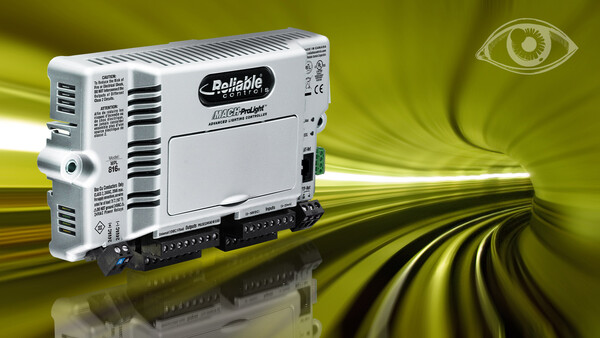
The MACH-ProLight delivers everything one would expect of a Reliable Controls device. Here's why.
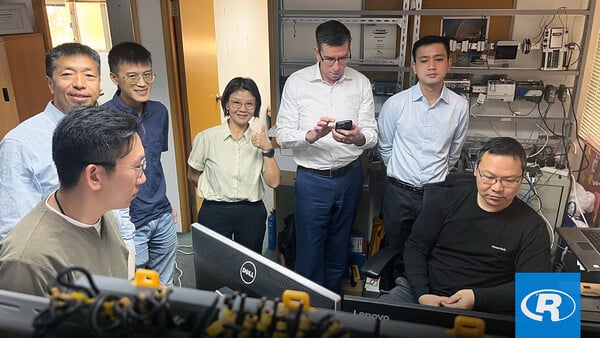
System Mart doesn’t just implement Reliable Controls solutions. It embodies our values of reliability, trust, and long-term commitment. Learn more.
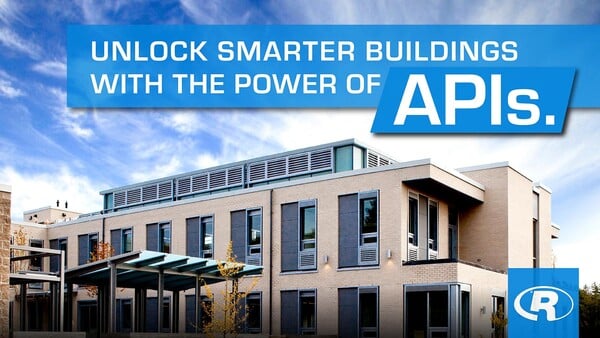
Find out how APIs empower you to do more with your building with less effort.

Explore how our technology automates complex enterprise portfolios.

Discover how Liable Controls is bringing relationship-first building automation to South Florida as a new Authorized Dealer.
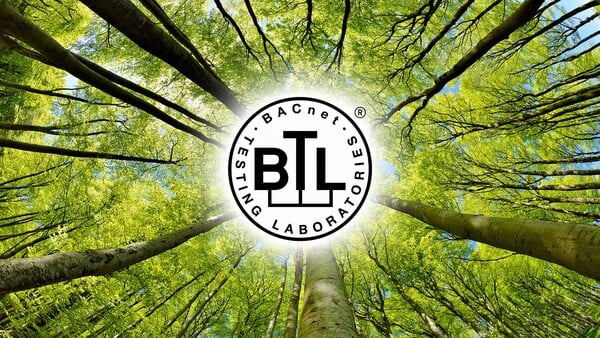
Reliable Controls president Tom Zaban reflects on 30 years of the BACnet protocol.

Looking to grow your controls business? Discover 5 powerful reasons to partner with Reliable Controls as an Authorized Dealer.

What drives our new Business Development Executive for Australasia to make a difference in the world?